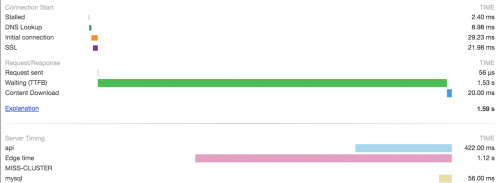Mathew Green shares his reasons for leaving the Google Chrome development team. I recommend reading the whole thing, but here’s a quote from the “What’s changed?” part:
A few weeks ago Google shipped an update to Chrome that fundamentally changes the sign-in experience. From now on, every time you log into a Google property (for example, Gmail), Chrome will automatically sign the browser into your Google account for you. It’ll do this without asking, or even explicitly notifying you. (However, and this is important: Google developers claim this will not actually start synchronizing your data to Google — yet. See further below.)
Your sole warning — in the event that you’re looking for it — is that your Google profile picture will appear in the upper-right hand corner of the browser window. I noticed mine the other day:

